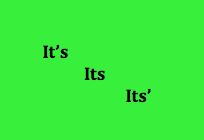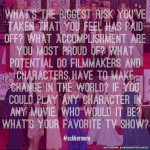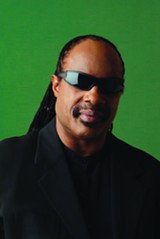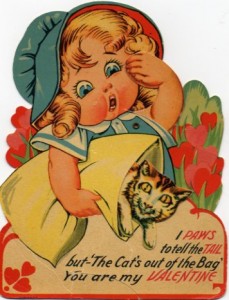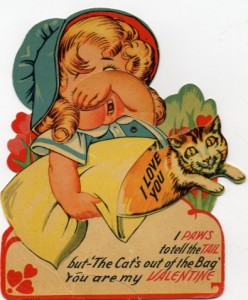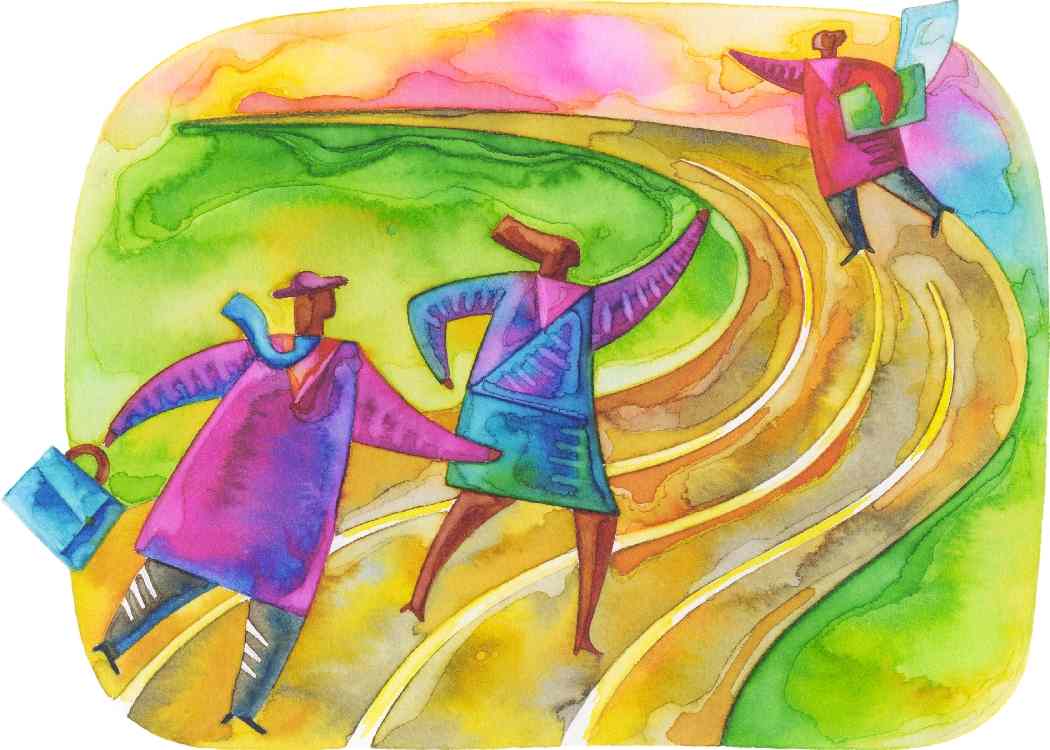 When the world is requiring more of your mind, body and spirit, take a moment to pause in quiet reflection and embrace the silence. It has become the norm to do more with less, to multi-task and juggle a busy life. Set your mind at ease with just 10-20 minutes a day to unplug, relax, breathe and meditate. In doing so, you will have clarity of focus and deeper intention of purpose.
When the world is requiring more of your mind, body and spirit, take a moment to pause in quiet reflection and embrace the silence. It has become the norm to do more with less, to multi-task and juggle a busy life. Set your mind at ease with just 10-20 minutes a day to unplug, relax, breathe and meditate. In doing so, you will have clarity of focus and deeper intention of purpose.
I was first exposed to meditation in graduate school nearly 20 years ago. My “monkey mind” could never quite stop and be still long enough for me to understand the power of meditation. Back then, I thought I had to have a mystical experience during meditation. Since those early days, I have come to realize that simply quieting my mind and allowing it to become still is all that I need.
Currently, I am participating in two free online meditation programs that I would like to share with you. There is still time to register…they began within the past few days. The first, Manifesting True Success, is co-hosted by Deepak Chopra and Oprah Winfrey. Each year, Deepak and Oprah offer at least one free online 21-day meditation series which is also available for purchase. The second, Meditation for Busy People (don’t you love that title?) features OSHO, a spiritual leader from India, and is offered through the Mentors Channel. The London Sunday Times has identified OSHO as one of the “1000 Makers of the Twentieth Century.”
So the next time you’re engaged in a conversation and someone asks the question, “What’s new with you?” simply say, “I’m learning to meditate” and see where the conversation takes you!


